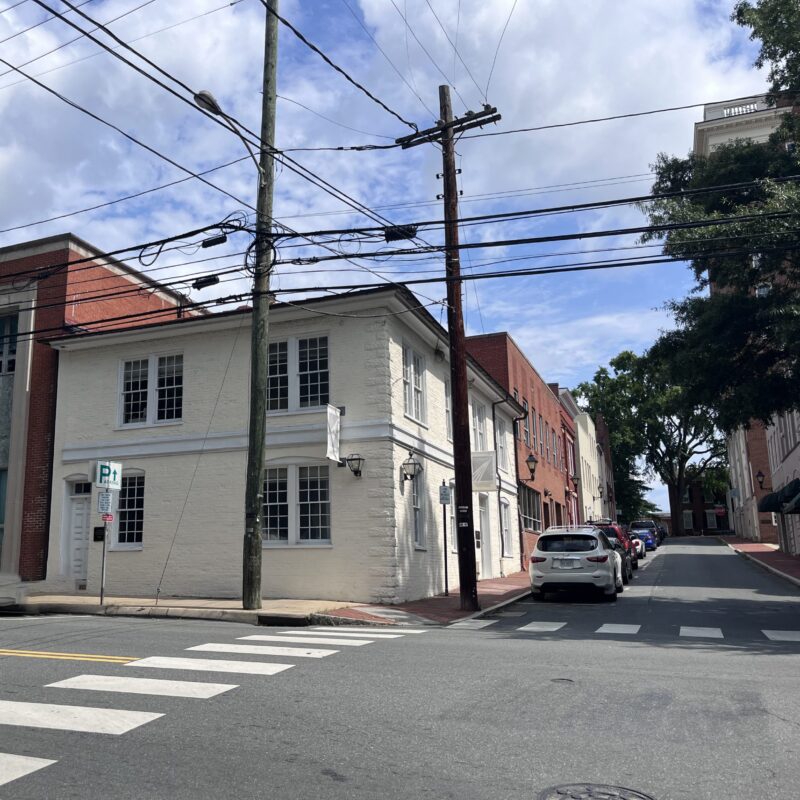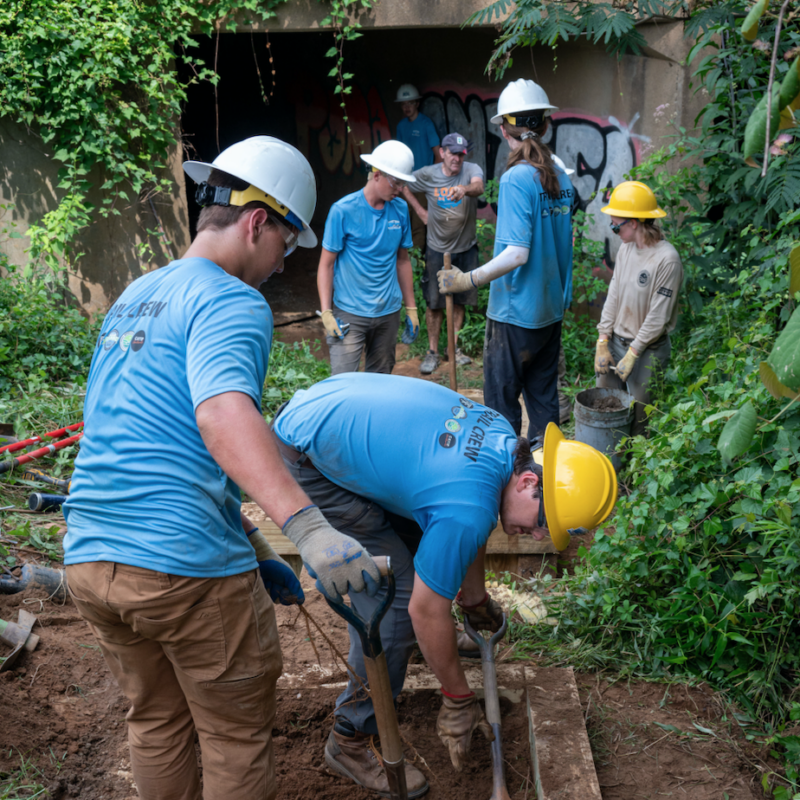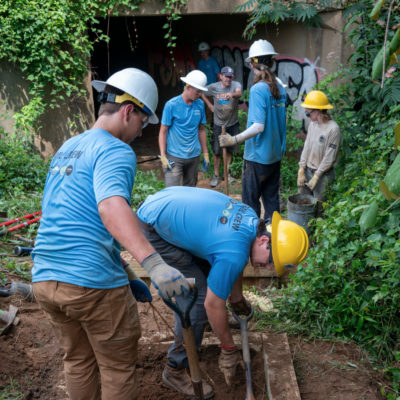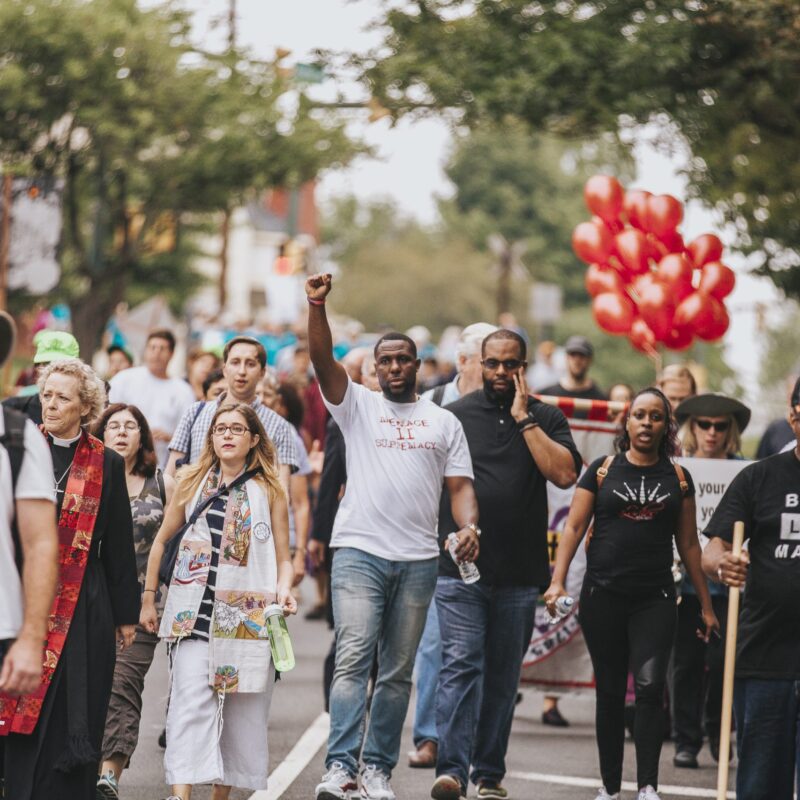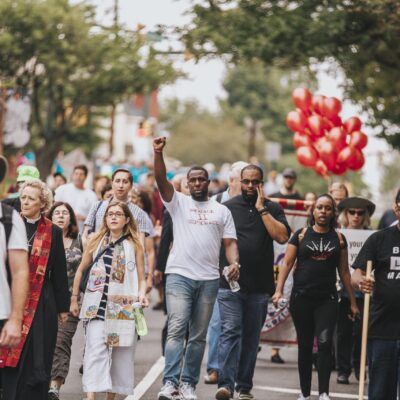It started small in Baltimore in 1996, just 16 black-and-white cameras bolted to light poles and buildings, staring straight down on a single spot, unblinking. But after a 2005 trip to London—a city 200,000-cameras strong—then-Baltimore mayor Martin O’Malley implemented City Watch. It’s a city-wide network of full-color closed circuit television (CCTV) cameras that pan, zoom, tilt and are actively monitored by police.
Baltimore’s new system is a far cry from its surveillance roots, a past that might look an awful lot like Charlottesville’s future.
 Baltimore’s redeveloped inner harbour was the site of the city’s first cameras in 1996. Since then, the program has expanded throughout the city. |
Last month Charlottesville Police Chief Timothy J. Longo proposed a surveillance system of about 30 cameras overlooking the Downtown Mall. Longo, a former colonel in the Baltimore Police Department (BPD), says the system wouldn’t be monitored like Baltimore’s, but used to identify law-breakers retroactively. Right now, he says, his department just doesn’t have the personnel to monitor the cameras in real time. That’s the same reason Larry Lewis, the director of Baltimore’s Downtown Safety Coalition, says BPD wasn’t able to actively monitor its first 16 cameras.
“The budget was tight initially,” Lewis says. Cameras were first installed to fight property crime and car theft, but even though no one was actually watching, crime dropped 10 to 15 percent.
That drop stands in stark contrast to a 2005 study by the British government. The study discovered that out of 14 areas of London where cameras had been installed, only one saw a reduced crime rate. In a 2007 paper, the associate director of Electronic Privacy Information Center, Lillie Coney, cited the study when questioning the role of cameras, arguing that cities can’t justify investing in CCTV technology by saying it helps prevent crime.
But in the wake of 9/11 and the Virginia Tech shootings, support for government-sponsored surveillance is growing, even in left-leaning Charlottesville. “It makes me uneasy,” says City Councilor Kendra Hamilton about the proposed Downtown cameras. “But I’ve heard from people who I expected to be chief civil-liberty defenders, and they’re in favor of them. They don’t see it as any further intrusion.”
With most large U.S. cities using some form of CCTV surveillance, the constitutionality of those systems is virtually moot. Longo is among the majority who believe cameras don’t violate the Fourth Amendment because a person in public does not have a reasonable expectation of privacy. Mayor David Brown says that while he has some privacy-issue concerns, he’s “still in the realm of wanting to get more facts. Are [cameras] used to address problems, and are they effective?”
Answers depend on the cameras’ purpose. While evidence is shaky at best that cameras actually prevent crime, even Coney doesn’t dispute their worth in post-crime investigations. On July 29, after defusing two car bombs, London police immediately turned to the late-night footage captured by cameras near the theater district.
C-VILLE welcomes news tips from readers. Send them to news@c-ville.com.
